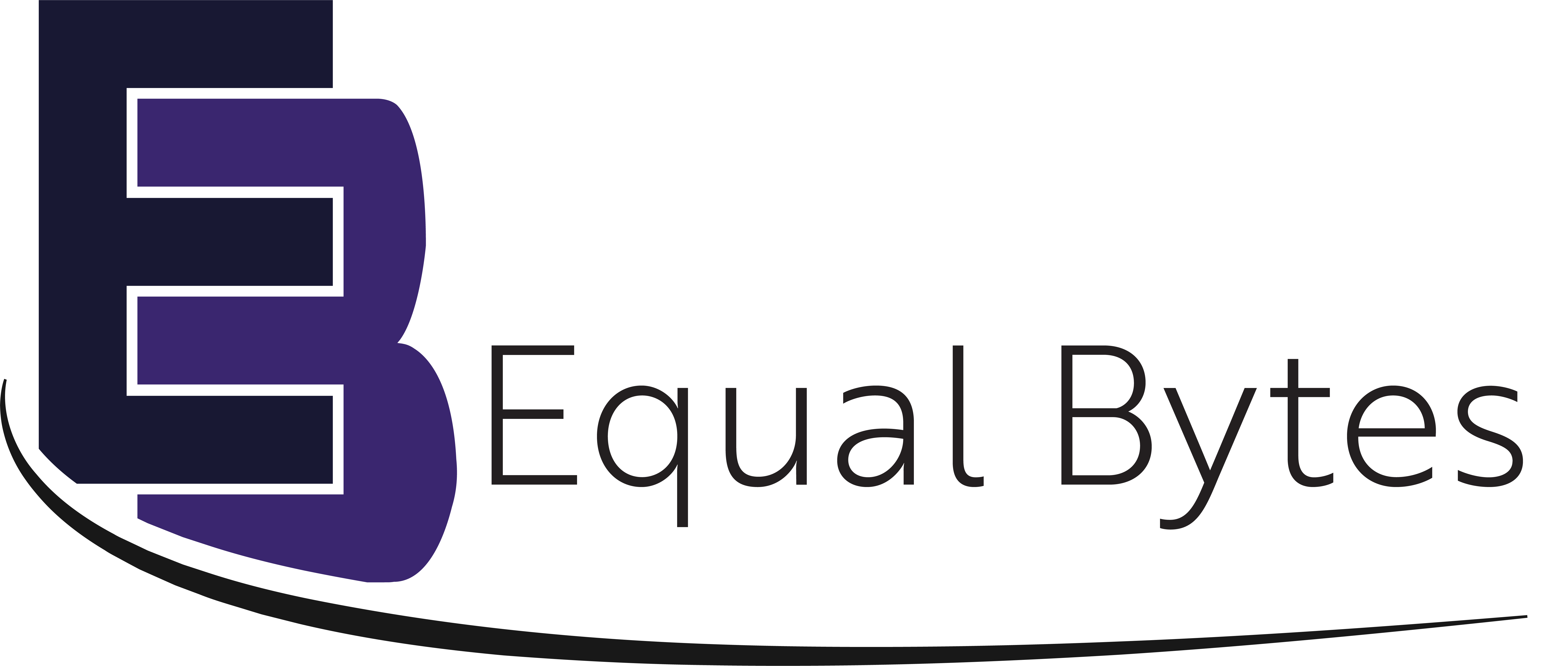When organisations consider launching a new project, investing in a product, or solving a pressing problem, one of the most critical early steps is building a business case. A well-crafted business case presents the rationale for undertaking a project, outlining costs, benefits, risks, and strategic alignment.
At the heart of this process lies a crucial step:
evaluating business case options.
Business case options are the different pathways or solutions an organisation can consider to meet its objectives. Instead of focusing immediately on a single idea, good practice involves exploring several alternatives to determine the most viable and beneficial course of action.
These options typically include:
· Do Nothing (Status Quo)
· Do the Minimum (Minimum Viable Option)
· Do Something More (Preferred or Optimal Solution)
· Do Something Else (Alternative Solutions)
Do Nothing
This is the baseline scenario. It assumes that no action is taken, and current operations or conditions continue unchanged. Although this may seem passive, it’s important to understand the consequences of inaction—such as rising costs, lost opportunities, or declining service levels.
Example: Not upgrading a legacy IT system might save money now but lead to long-term inefficiencies and higher maintenance costs.
Minimum Viable Option
This involves implementing the smallest or least expensive solution that still delivers meaningful improvement or compliance. It’s often used to meet urgent needs quickly or fulfill regulatory requirements.
Example: Implementing a basic customer support chatbot to reduce call centre volume, without full automation or AI integration.
Preferred Option
Often the most comprehensive and strategically aligned, this option provides the greatest return on investment and supports long-term goals. It may require higher upfront investment but delivers greater value over time.
Example: Overhauling the entire customer service platform with AI, CRM integration, and analytics.
Alternative Options
These are other feasible solutions that sit between the minimum and preferred choices. They may offer different benefits or mitigate certain risks better, providing a middle ground in terms of cost, complexity, and results.
Example: Outsourcing a customer support team instead of building an in-house AI-powered system.




No responses yet